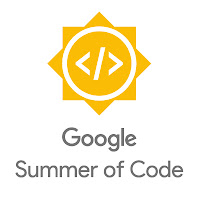Google Code-in is unique because not only do the students choose what they want to work on from the 2,000+ tasks created by open source organizations, but they have mentors available to help answer their questions as they work on each of their tasks.
Starting to work on open source software can be a daunting task in and of itself. How do I get started? Does the organization want my help? Am I too inexperienced? These are all questions that developers (of all ages) might consider before contributing to an open source organization.
The beauty of GCI is that participating open source organizations realize teens are often first time contributors, and the volunteer mentors are equipped with the patience and the experience to help these young minds become part of the open source community.
Open source communities thrive when there is a steady flow of new contributors who bring new perspectives, ideas, and enthusiasm. Over the last 7 years, GCI open source organizations have helped over 4,500 students from 99 countries become contributors. Many of these students are still contributing to open source years later. Dozens have gone on to become Google Summer of Code (GSoC) students and even mentors for other students.
The tasks open source organizations create vary in skill set and level, including beginner tasks any student can take on, such as “setup your development environment.” With tasks in five different categories, there’s something to fit almost any student’s skills:
- Code: writing or refactoring
- Documentation/Training: creating/editing documents and helping others learn more
- Outreach/Research: community management, marketing, or studying problems and recommending solutions
- Quality Assurance: testing and ensuring code is of high quality
- User Interface: user experience research, user interface design, or graphic design
Open source organizations can apply to participate in Google Code-in starting on Monday, October 9, 2017. Google Code-in starts for students November 28th!
Visit the contest site g.co/gci to learn more about the contest and find flyers, slide decks, timelines and more.
By Stephanie Taylor, Google Open Source










